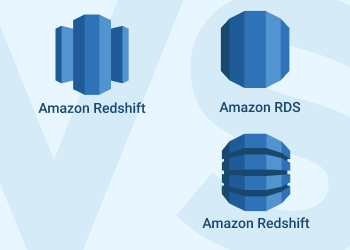


Each Amazon Redshift data warehouse contains a collection of computing resources (nodes) organized in a cluster, each having an engine of its own and a database to it.įor further information on Amazon Redshift, you can check the official site here. Supporting PostgreSQL 8, Redshift delivers exceptional performance and efficient querying. It is highly column-oriented & designed to connect with SQL-based clients and business intelligence tools, making data available to users in real-time. Redshift’s Pricing for Additional FeaturesĪmazon Redshift is a fully-managed petabyte-scale cloud-based data warehouse, designed to store large-scale data sets and perform insightful analysis on them in real-time.Additionally, we will also explore some of the best practices that can help you optimize your organization’s data warehousing costs, too. In this post, we will explore the different Redshift pricing options available. AWS offers a wide variety of pricing options to choose from, depending upon your use case and budget constraints. In fact, all of these features come at reasonable, competitive pricing. However, the process of understanding Redshift pricing is not straightforward. Tools for keeping your Redshift’s Spending Under Control.1) RedShift Spectrum and Federated Query.Redshift Pricing for Additional Features.Effect of Node Type on Redshift Pricing.Factors that affect Amazon Redshift Pricing.Hevo Data: A Smart Alternative for Redshift ETL.


 0 kommentar(er)
0 kommentar(er)
